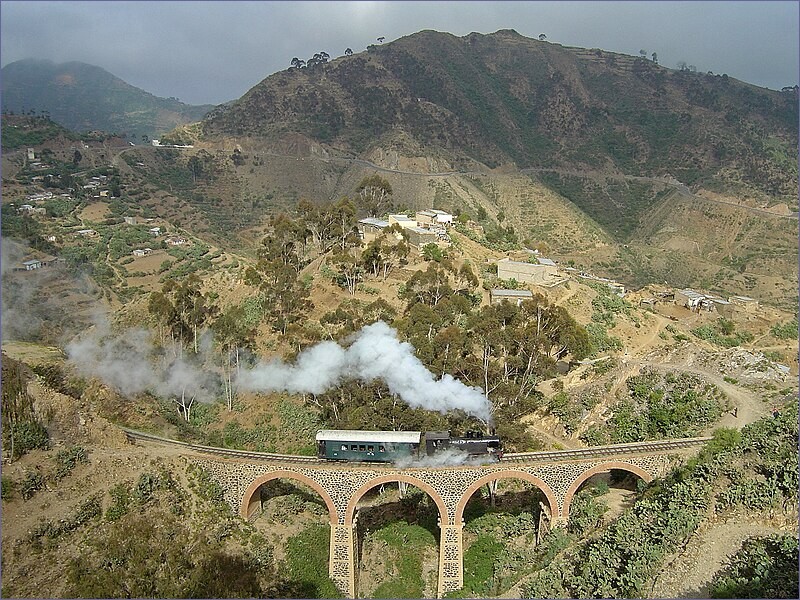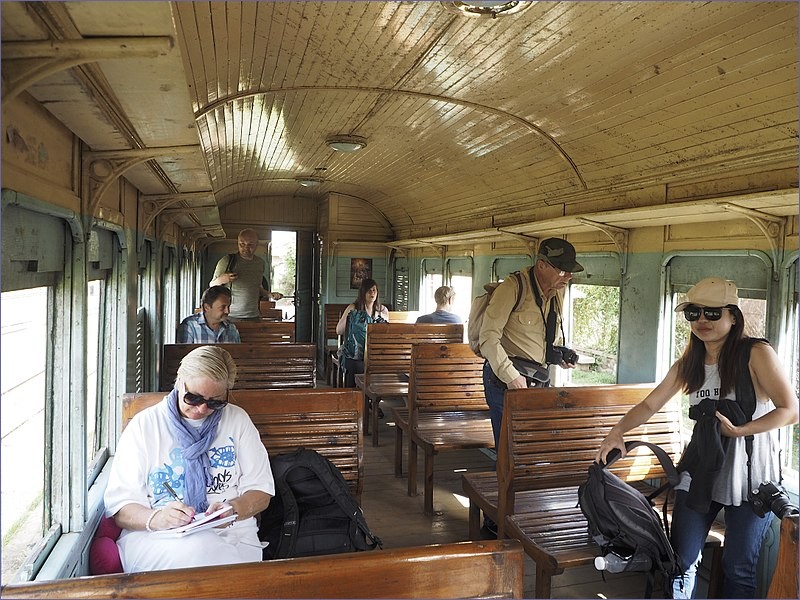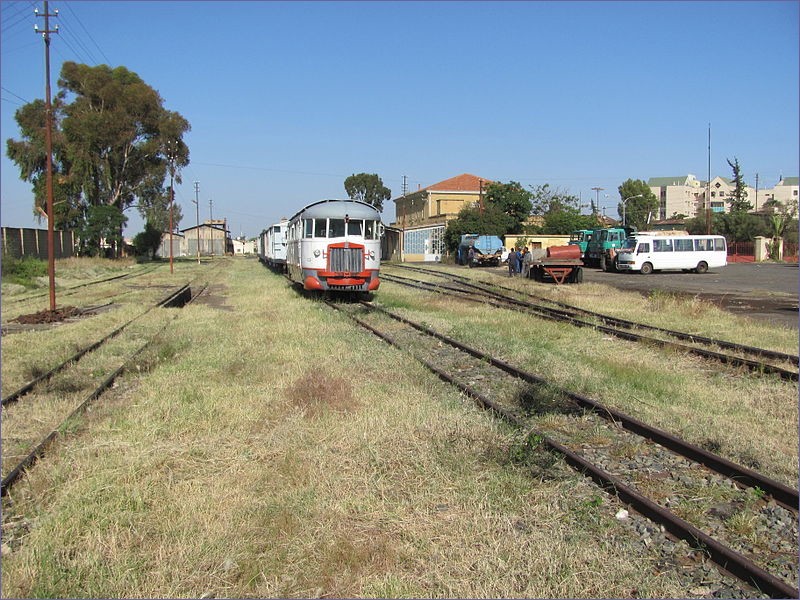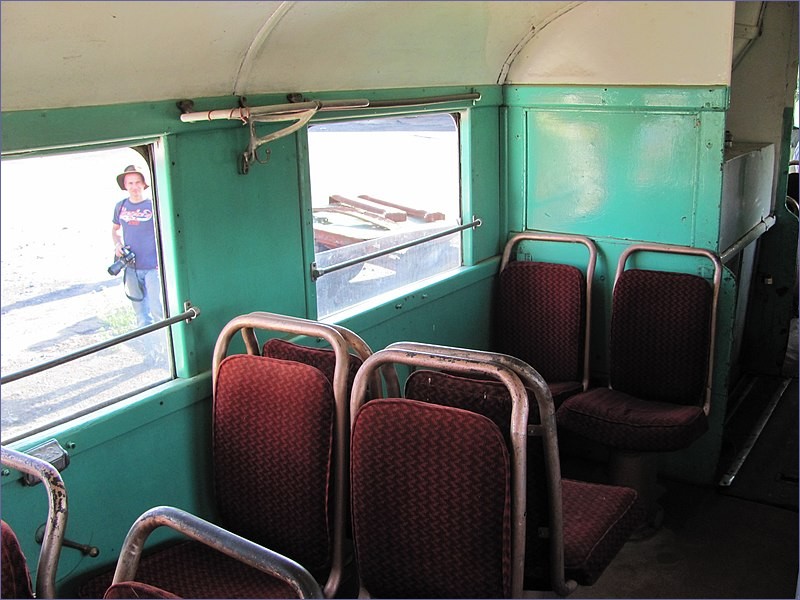Eritrea has world-famous scenic railway lines but there are no scheduled passenger traffic. Train travel in Eritrea is possible only upon request for tourist excursions and private charters. Trips are possible on the Massawa – Asmara route or on single sections of Asmara – Ghinda railway and photogenic Asmara – Nefasit section. These trains are relatively expensive, but the journey along the scenic route is an unforgettable experience.The rolling stock for the line dates back to the 1930s. Mallet steam locomotive, retro carriages and historic Fiat Littorina railbuses.
The railway is very popular not only among railway enthusiasts and is probably the biggest tourist attraction in Eritrea.
Trains in Eritrea are operated by Eritrean Railways (no website at present)
There are plans to build a railway line from Ethiopia to port of Massawa in Eritrea but due to political tensions it will be very difficult. Italy is ready to finance the project.


Railways in Eritrea – history
Construction of the first railway in Eritrea began in August 1887. The line from the port city of Massawa to Saati was completed in March 1888. Construction of the line towards the capital of Eritrea – Asmara continued, but it was not easy due to the terrain and climatic conditions, and the work progressed very slowly.
In 1904, the railway line reached the city of Ghinda, six years later the line was extended to Nefasit, and in 1911 tracks reached Asmara. On the Nefasit – Asmara section, 20 tunnels and 65 bridges and viaducts were built.
The railway was intended to connect Eritrea with Sudan, so construction of the line continued. World War I outbreak forced to postpone plans, but after the end of the war, work resumed. In 1922 the railway reached Kernat, in 1928 to Agordat.
In 1932, the town of Bishia appeared on the railway map of the country. The line could not be extended to Om Ager due to the war with Ethiopia in 1935. The Massawa-Biscia line was operational until the Allied offensive in 1942, when the infrastructure between Biscia and Agordet was destroyed. Two years later, most of the tracks were dismantled and sent to the British colonies to repair war damage.
On 15 September 1952, Eritrea was joined by a federation to Ethiopia. The railway was under the control of the Ethiopian authorities. Trains in Eritrea operated until the 1970s, when all railway traffic was ceased and railway lines were dismantled. In 1974, the railway line Asmara – Keren was closed. On 17 October 1975 the closure of the Asmara-Massawa line was announced, and a year later the most important railway line in Eritrea was officially closed. The end of the Eritrean railways occurred in 1975-1978.
The next decades were a period of Ethiopian-Eritrean wars.
Eritrea gained independence in 1993, and a year later the country’s president announced the reconstruction of the railway line as a priority. The offer of foreign loans to build a completely new line was rejected, instead the goal was to rebuild the old railway. Funds for this purpose were obtained only at the beginning of the 21st century and the reconstruction began.
In December 1999, the rehabilitation of the railway between Asmara and Embatkala was completed.
The reconstruction of the Massawa – Asmara section was completed in 2003. The line with a 950 mm gauge is 117 kilometers long. Previously, in the 1990s, suburban trains operated in Massawa. The Eritrean government’s plans reach far – the line is to be extended to Tesenej (Tessenei) on the border with Sudan. According to the Railway Gazette website, during World War II there was a railway line from Sudan to this city to supply Allied troops.
Related articles:

